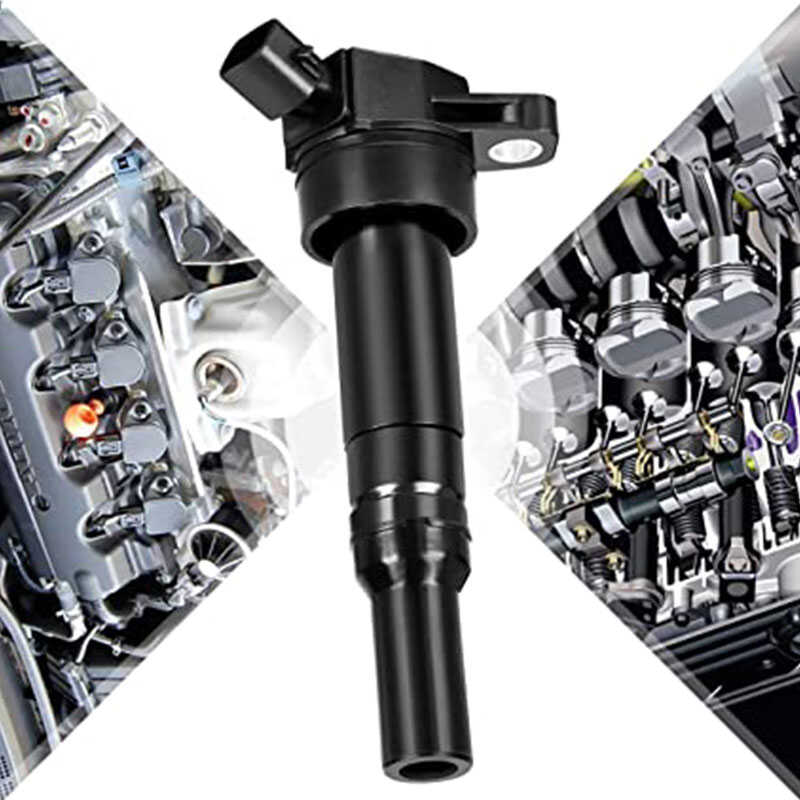How to maintain a car: Ignition coil
How do I know if the ignition coil needs to be replaced?
The most common symptom of ignition coil failure is ignition failure, when one or more cylinders in the engine fail to ignite properly due to lack of air, fuel or, in this case, sparks.Misfires are usually marked by severe idling or lack of power and are often accompanied by engine inspection lights.In some cases, the faulty ignition coil can even prevent the vehicle from starting.A technician's diagnostic test can determine whether the ignition coil is the cause of the engine failure.
What if I don't replace it?
Vehicles with one or more faulty ignition coils will lose power, travel poorly, or sometimes not at all.In addition, as unused fuel enters the exhaust system, prolonged operation without ignition can damage the catalytic converter and oxygen sensors.

Is there anything I should change at the same time?
The most common component to be replaced with the ignition coil is the spark plug.Worn spark plugs can cause unnecessary load on the coil, and the work required to replace the two components usually overlaps a bit.In systems with spark plug/plug wiring, it is recommended to replace the wiring if it is old, worn or damaged.If the ignition coil is damaged by moisture (e.g. oil leakage), the moisture source should also be addressed to prevent premature return of the problem.
Is there any way to reduce the maintenance cost?
Excessive wear and damage to the ignition coil can be prevented by replacing the spark plugs at intervals specified by the manufacturer and resolving minor oil leaks.Unfortunately, even if the vehicle is properly maintained, ignition coil failure may eventually become unavoidable due to aging.In such cases, aftermarket ignition coils can usually be used at a lower price, but in some cases they may not be as reliable as the raw equipment on the vehicle.
We will do a good job in every content,do our best to solve the problem for each customer,Thank you for your reading.




Leave A Comment